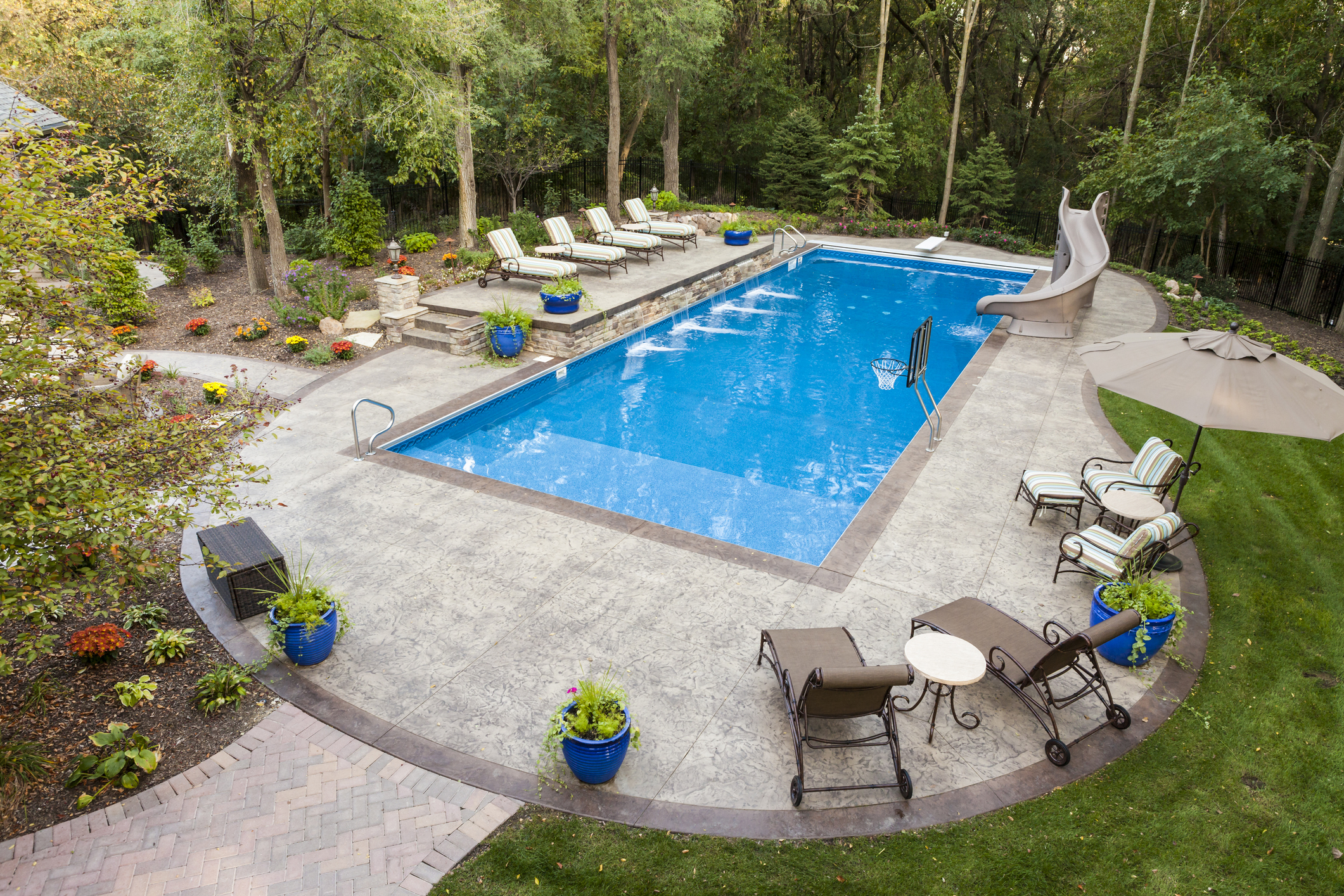
I recently had a call with a client who was looking to fund the construction of a swimming pool at his house. The client had enough cash to pay for the project but wanted to weigh all the financing options. This is the type of advice we as financial planners are often asked to give.
Funding a large purchase should be thoughtfully planned. I always recommend that clients take a moment to consider how a potential purchase impacts their overall financial plan and long-term goals, and I work with them to quantify those impacts.
If you decide that a purchase aligns with your goals, then you can think about how to fund it. Here’s a rundown of some common options.
Cash reserves
Cash reserves are usually the best option for funding a project. However, you must determine whether raiding your cash stash would put its balance below the recommended threshold for covering any emergency needs — say, to manage expenses if you lose your job or to pay medical bills resulting from an unexpected illness. As a rule of thumb, I suggest maintaining six months’ worth of living expenses in an easily accessible account.
Investments
Using money from your investment portfolio can also be a solid choice, although you’ll want to evaluate the pros and cons of taking out funds for the project now compared with leaving them in your account, allowing them to grow and be used for other goals.
If you decide to withdraw from your investment account, be aware of the tax implications. You’ll typically owe capital gains tax on investment earnings; long-term gains from selling investments that you’ve held for more than a year are taxed at rates of 0%, 15% or 20%, depending on your taxable income. Assets you’ve held for a year or less are taxed at the same rate as your ordinary income, with rates ranging from 10% to 37%.
A home equity line of credit
A HELOC, which is a line of credit that allows you to borrow against the equity in your home, can be a good source for financing a project — especially if you can get a reasonable interest rate. Recently, the average rate on a $30,000 HELOC was 9.07%, according to Bankrate. HELOC rates are usually variable, rising and falling based on market conditions.
HELOCs typically involve a draw period of up to 10 years, during which you can borrow money and may be required to pay only interest each month, followed by a repayment period of up to 20 years. During the repayment period, you’ll need to pay back the full amount borrowed plus interest.
If you use HELOC funds for a home improvement project, the interest on up to $750,000 of debt (or $375,000 if you’re married filing separately) may be tax-deductible.
A no-interest credit card offer
Some credit cards offer an introductory 0% interest rate on purchases for a limited time — typically anywhere from six to 21 months. Applying for one of these cards may be a good way to get short-term financing for a project, but it’s important to pay off the balance before the 0% period expires.
Otherwise, you’ll pay the card’s standard rate, which is usually much higher, on the remainder of the balance. Or worse, you may pay retroactive interest on the full purchase amount if you don’t pay off the entire balance before the promotional period ends. Retailers, such as home-improvement stores, commonly use these deferred-interest payment plans on their credit cards.
Note: This item first appeared in Kiplinger Personal Finance Magazine, a monthly, trustworthy source of advice and guidance. Subscribe to help you make more money and keep more of the money you make here.







